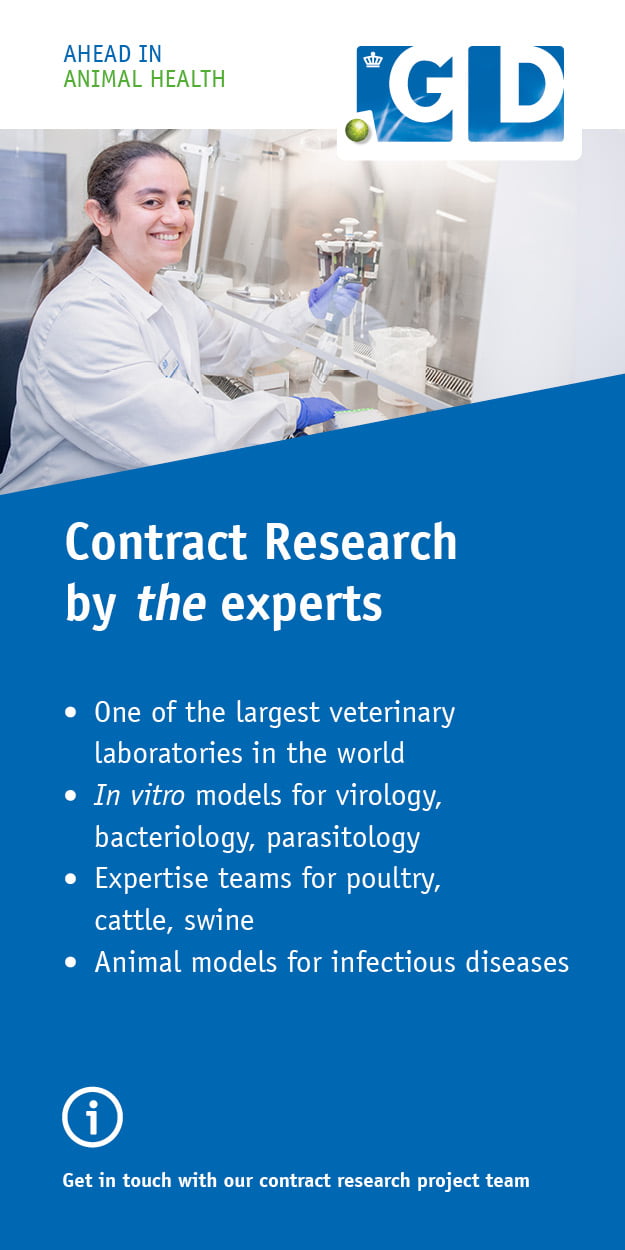Adverse food reactions are categorised as reactions to dietary ingredients by specific individuals which are harmless to others. This term covers toxic reactions, food allergies and food intolerances. A food allergy is an immune system response to one or more proteins that have been ingested by the pet. These proteins are referred to as antigens because they cause antibody production, and an allergen is an antigen that causes an immune reaction and is therefore allergy-inducing (Cave 2006). In an allergy response, the immune system incorrectly recognises the food protein as an antigen and causes a chain reaction in the body, commonly an immunoglobulin E (IgE) mediated response which leads to allergy symptoms. A food allergy develops in two stages: when the allergen is first consumed, it triggers the production of IgE antibodies which are specific to the protein ingested. This is known as the sensitisation period, and these antibodies bind to basophils and mast cells. If the allergen is consumed again, it binds to its specific IgE antibodies and cross-linking of these antibodies causes release of histamines and leukotrienes, chemical mediators, from basophils and mast cells activated during the cascade of reactions caused by the immune response. Cross-linking of receptors and allergens is needed to activate mast cells and basophils, meaning that two or more IgE antibodies need to bind to one allergen to cause a reaction (Matsuo et al. 2015; Waserman and Watson 2011). When a pet develops a food allergy, it is most commonly as a result of long[1]term exposure to a protein (Raditic et al. 2011).
Food intolerance is not an immune-mediated response, but typically a cell-mediated response. Food intolerance is a reaction to the pharmacological effects of food components, or enzyme defects within the body. All foods contain chemicals with the potential to cause pharmacological activity, which may or may not cause a gastrointestinal reaction and related symptoms. The mechanism of action that causes a food intolerance in this manner is not fully known (Lomer 2015). Enzyme defects are characterised, for example, by the pet not having sufficient enzymes in the gastrointestinal tract to digest a particular ingredient that has been consumed. Lactose intolerance is a good example. When cats and dogs are first born, the milk from their mother contains lactose, and they are able to digest it efficiently. However, once weaned they will not typically be exposed to lactose again unless fed dairy-containing products by owners, so the lactase enzyme that ingests lactose is surplus to requirement. Therefore, the body reduces production of this enzyme. In some cases, production of lactase can cease altogether, or reduce to extremely low levels. Therefore, when lactose is consumed the body cannot sufficiently digest it, leading to lactose passing through the gastrointestinal tract into the intestine. This causes an increase in the water content of the intestine, and the microflora present in the intestine can ferment the lactose and produce gas. This leads to the symptoms of flatulence and diarrhoea often seen in pets with lactose intolerance (Deng et al. 2015). However, lactose intolerance can be reversible, as the presence of lactose in the diet can cause increased production of the lactase enzyme once the initial symptoms and inflammation have subsided (Lomer 2015).












